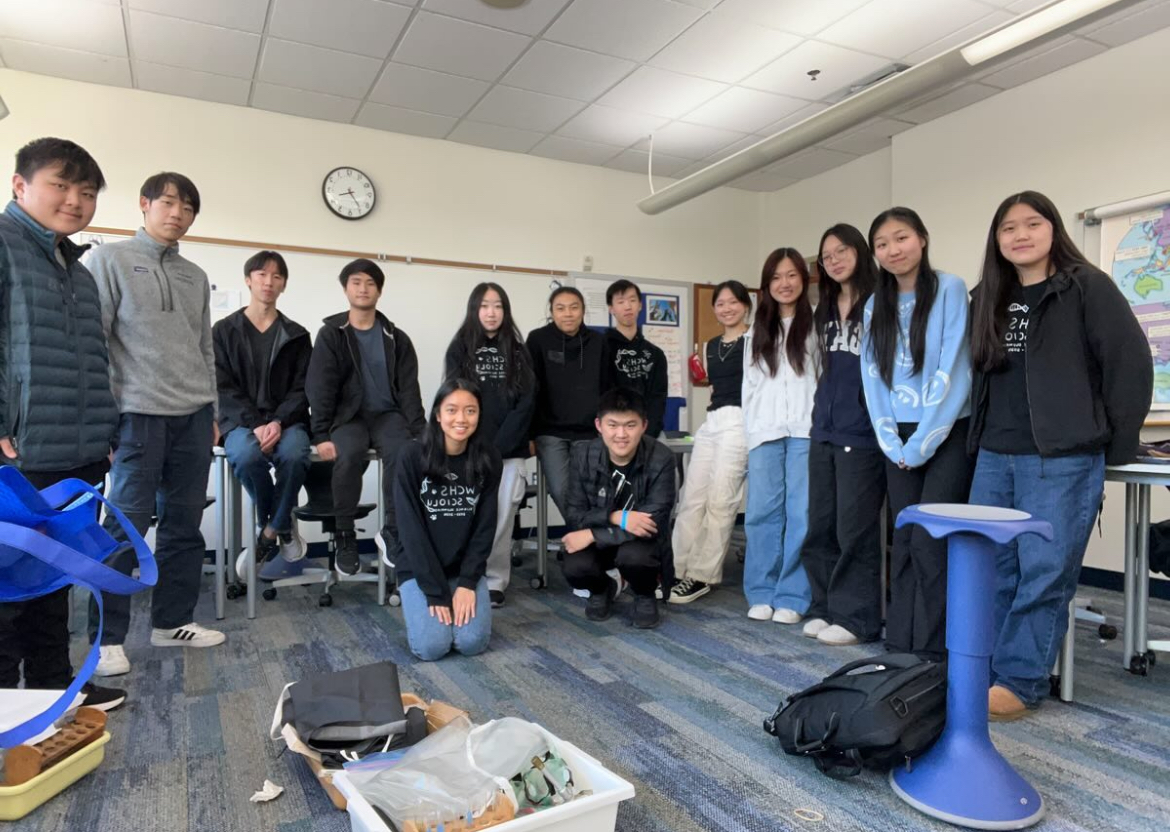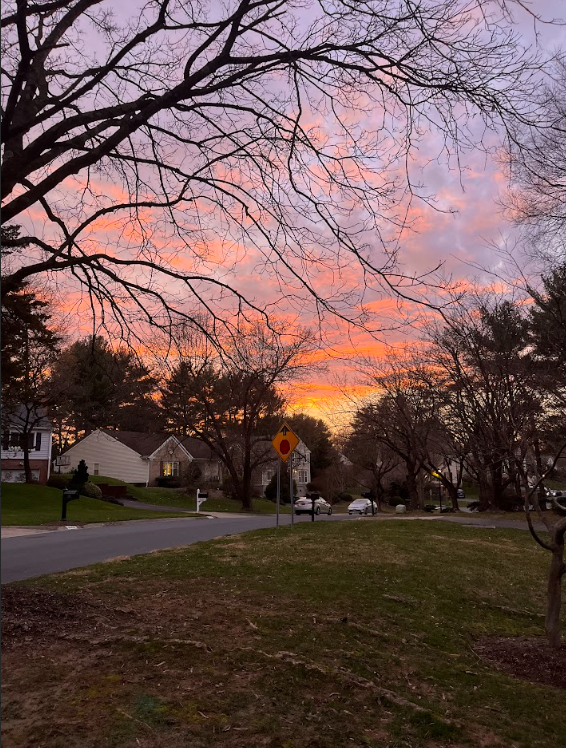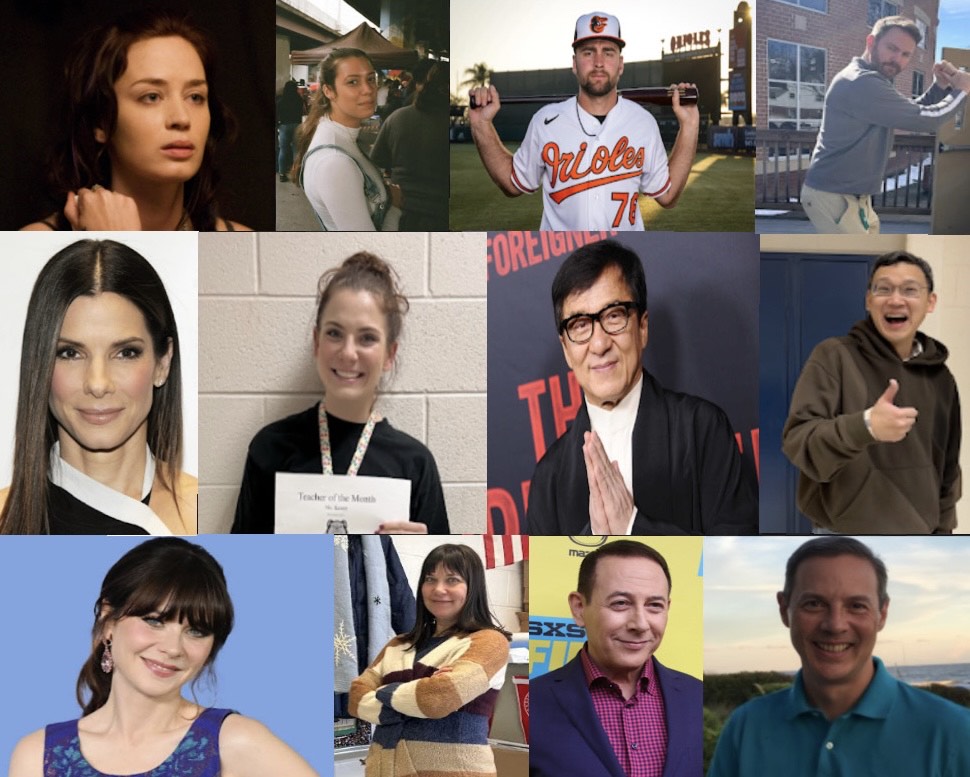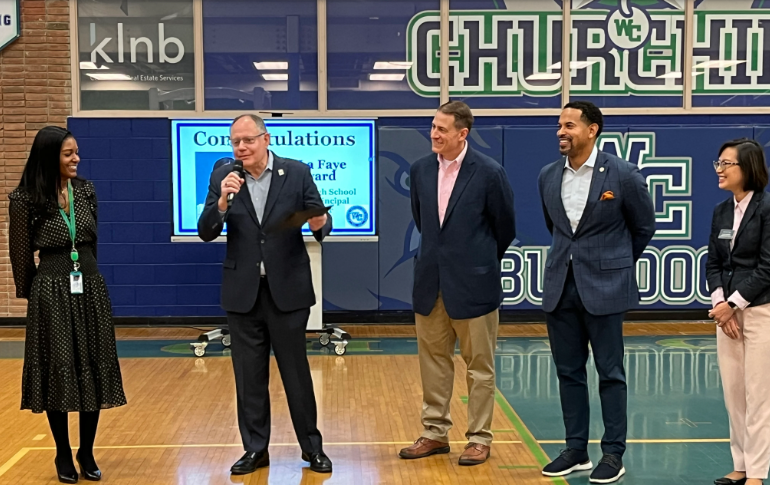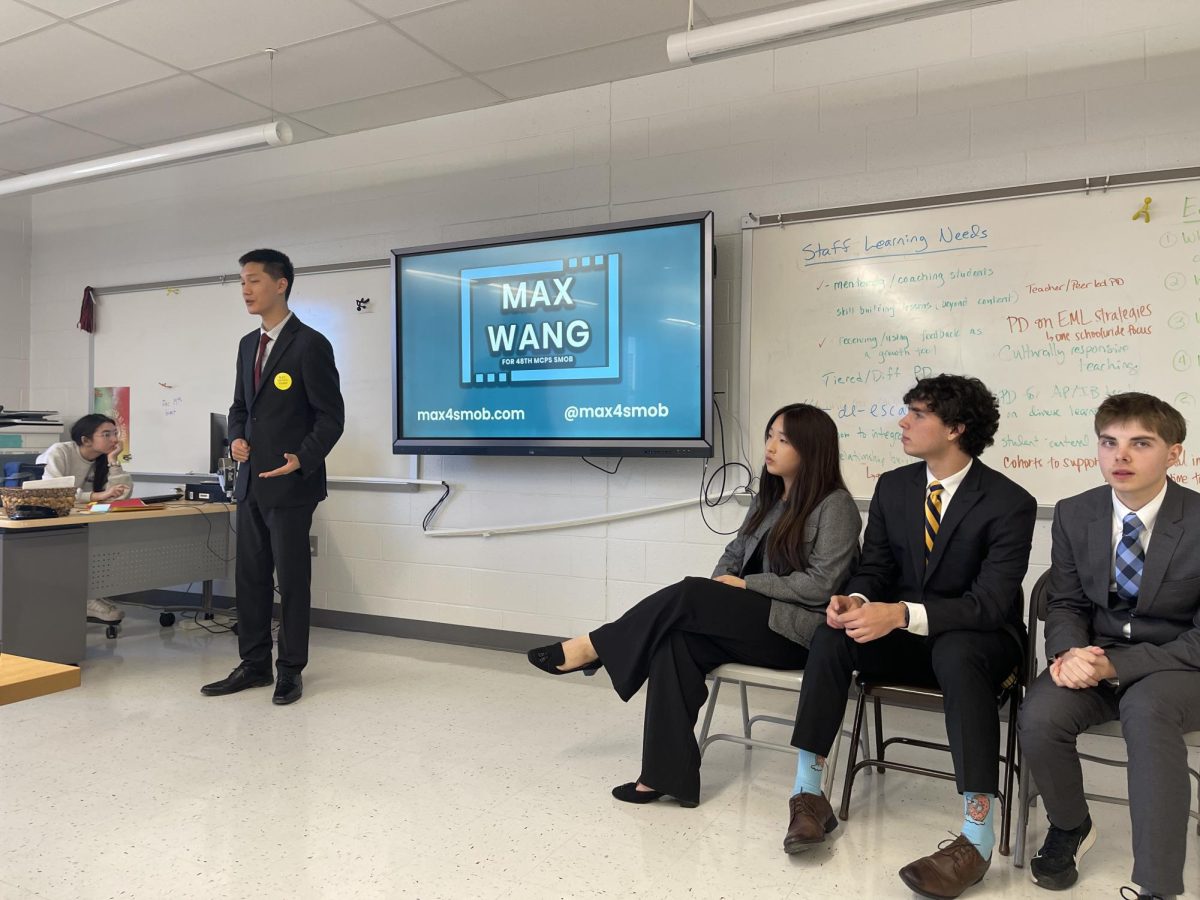Though YouTube has long been seen as a medium to share images, words, and music
for entertainment purposes, the site has become an essential tool in education.
YouTube is commonly used by teachers to include videos of certain topics as part of
their lessons. For many teachers, this has become a method of relating to students and
keeping up with the constantly developing technology.
“Teachers need to stay up to date on current technologies that students use on a
daily basis,” social studies teacher Justin Ostry said. “If not, teachers have a harder
time relating to the students, and thus there is a learning gap and students will not
understand the material or relate to the class as well.”
Videos are gathered to help explain both difficult and awkward concepts. Teachers
draw videos that display photos, plays and even songs that send a powerful message
yet are humorous and easy to comprehend.
“I show highly educational videos such as School House Rocks [and] Family G1uy,”
Ostry said. “I have the luxury of [using] anything that I come across that is related to
Government or Law. I can usually somehow tie it into my classes and I am always
looking for new materials to share with my students.”
Many students believe that YouTube not only relieves the burdens on teachers to explain
difficult concepts, but it can also help the students have a better understanding of
confusing materials.
“When my teacher has trouble explaining a certain concept, she often shows us videos
from YouTube that relate to the topic,” junior Leah Goldberg said. “It really helps me
clarify the materials I was not really sure about.”
YouTube clips also make a more relaxed environment that facilitates student
involvement. This can encourage students to participate in class discussions, and class
productivity increases as well as students’ responses to the lesson.
“I would hate to teach a class or be in a class that has no student discussion or input, or
where students are afraid to discuss or [are] apathetic about the material,” Ostry said. “I
want my students to care about the material because [then] they will learn it, not just
memorize it and regurgitate it back to me on a test.”
According to media specialist Page Pagley, some counties forbid the use of YouTube as
inappropriate contents and advertisements are shown on the site. Though there are other
sources that teachers can find educational videos such as AP Multimedia,
Unitedstreaming, and Discovery, teachers prefer to use Youtube because of its versatility
and easy access.
“It’s a free source out there for free use that all teachers can use without making a
separate account or paying a fee to use,” Pagley said.
Many teachers believe that YouTube has become a vital part of learning as they
effectively use the sources on YouTube to supplement the lesson plans.
“Interactive teaching is the way of the future, straight lectures are dead,” Ostry
said. “My lessons are set up so anyone with Powerpoint can take my daily lessons and
know what I am doing and enjoy and interact with the material.”



